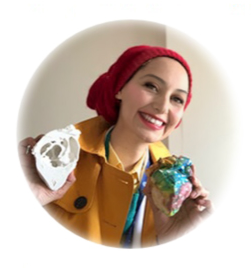Comments Off 
AUGUST 23RD, 2022
By BANU PLUIE

How nice that the campus and its surroundings smell of history.
Comments Off 
FEBRUARY 27TH, 2021
By BANU PLUIE
I am proud to have a contribution in this study.
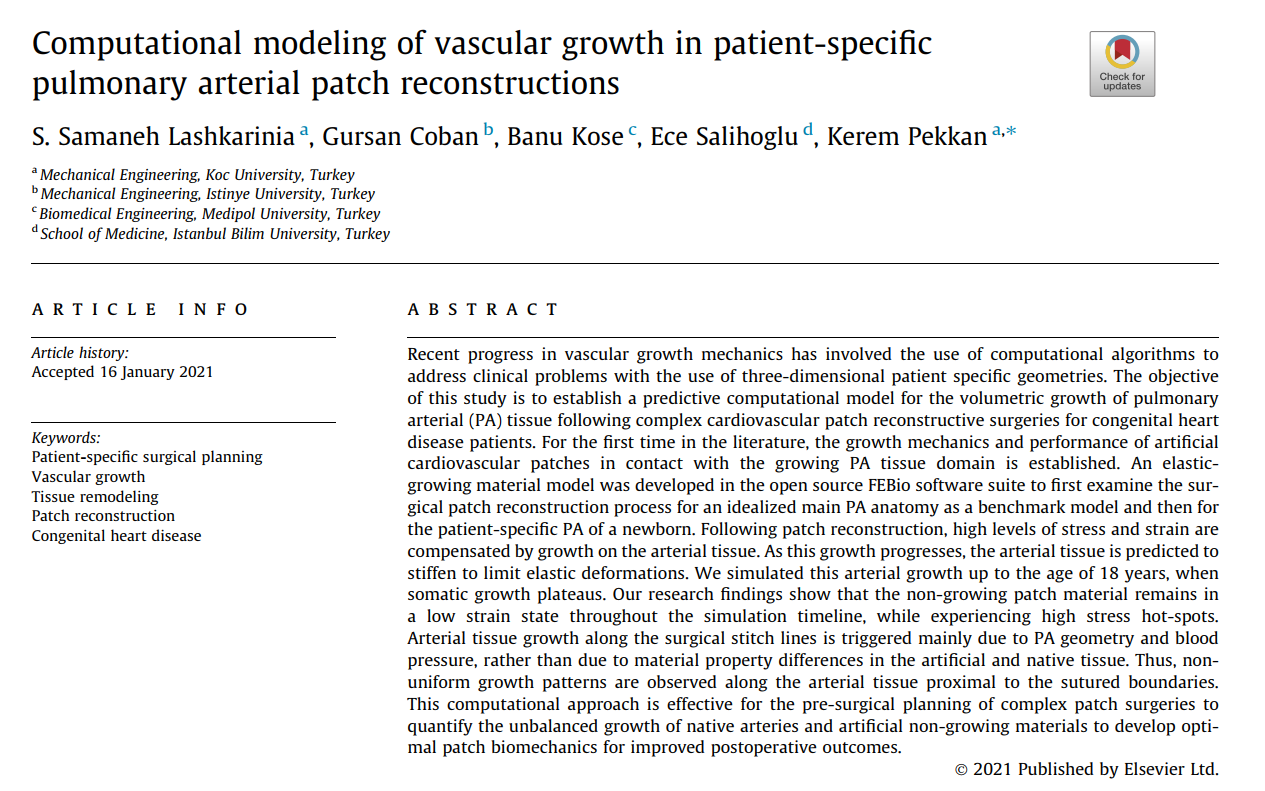
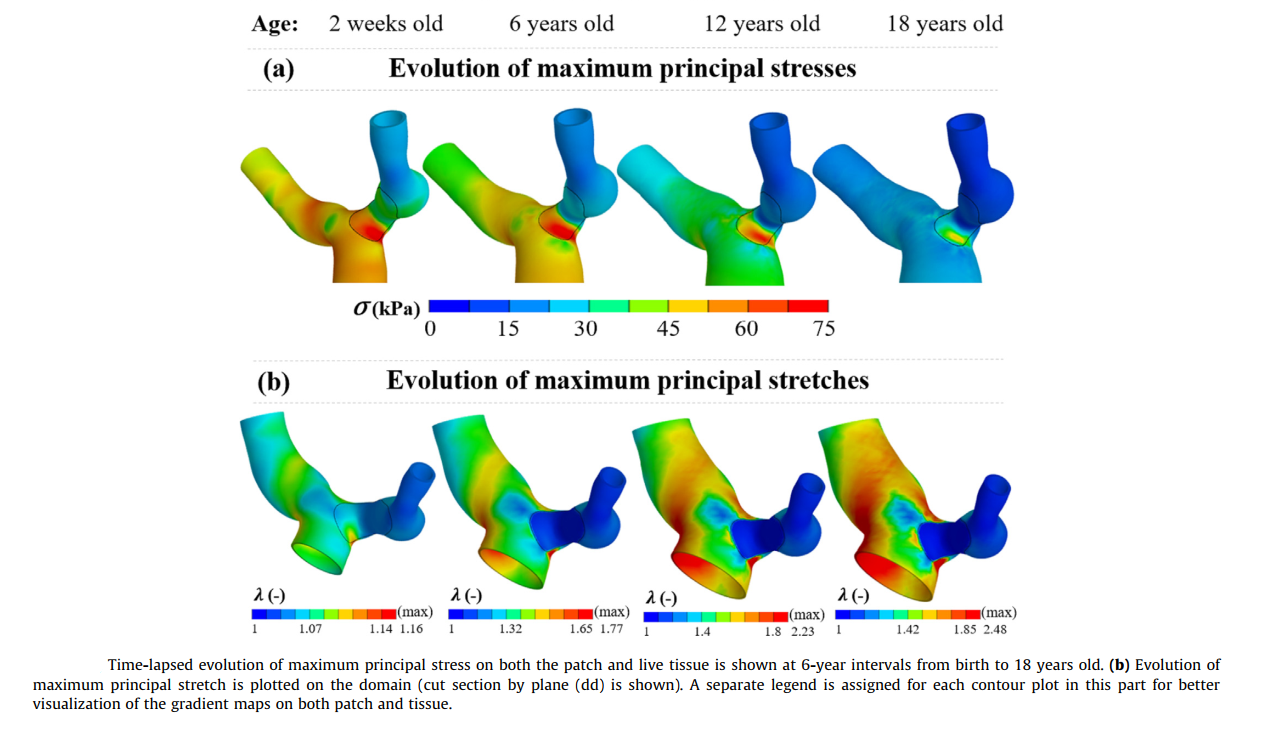
Comments Off 
FEBRUARY 27TH, 2021
By BANU PLUIE
We discussed how we can reach a ‘life without barriers’ in the future and evaluated the projects that the contestant groups developed during the event day within the context of hackathon. Congratulations to the winning teams.
For more details : BioFuturathon and Future Research Institute
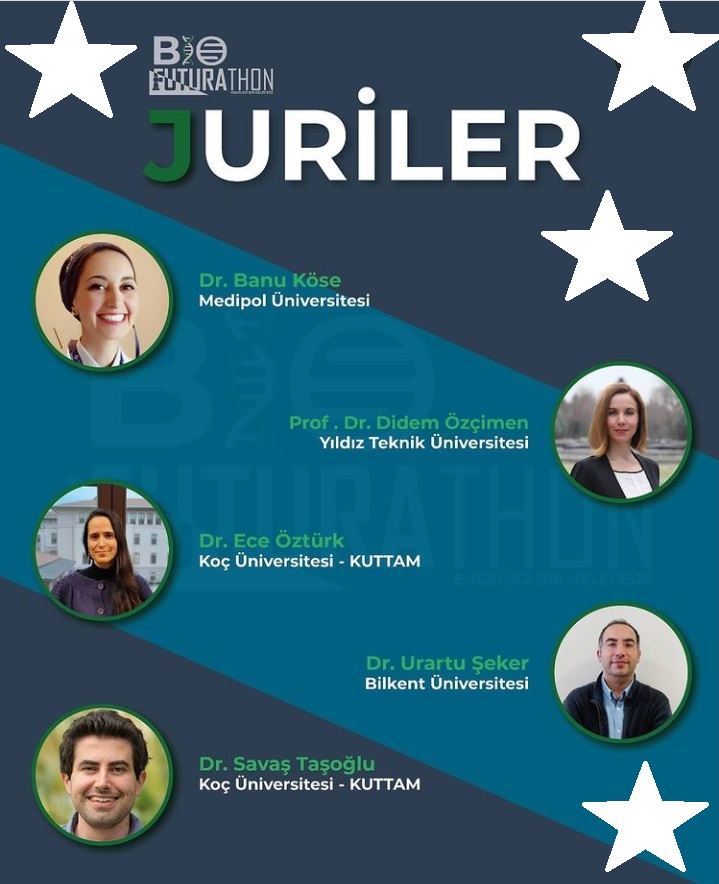
Source
Comments Off 
JUNE 25TH, 2019
By BANU PLUIE
A joint meeting showcasing current work addressing the complex challenges in cardiac flow modeling, particularly focusing on the work of early career researchers (source).

Comments Off 
JANUARY 7TH, 2019
By BANU PLUIE
22. Liquid State Symposium (22. Sıvı Hal Senpozyumu) took place on 7th December 2018 in Piri Reis University.
It was very proud to be together with the physicist academics I knew and admired since my undergraduate years.
I find myself lucky to see the Prof. Zehra Akdeniz that I have always admired and exemplified. I could finally meet Prof. Nihat Berker who is not only a famous physicist but also an intellectual on comparative literature readings.
Thanks to Dr. Ozan Sarıyer and Dr. Gulsen Evingur for organizing this meeting.
Prof Pekkan presented biological flow researches of his lab, and I presented a sample case of a pediatric aortic blood flow comparison study which is done with the great help of Dr. Ece Salihoglu.
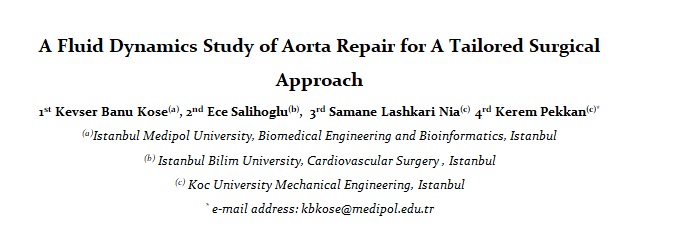
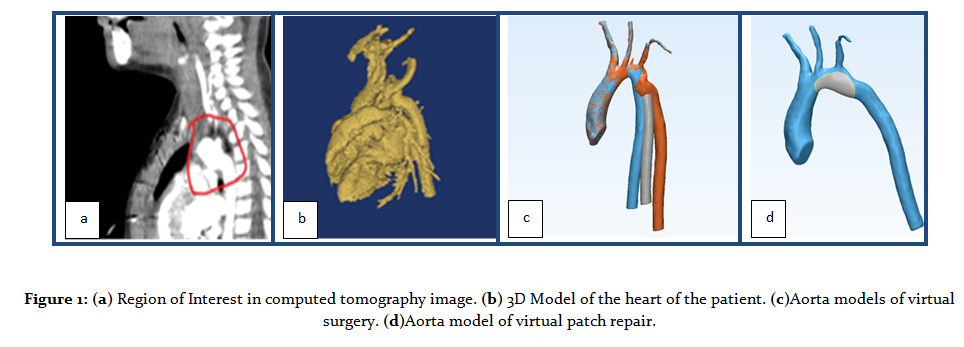

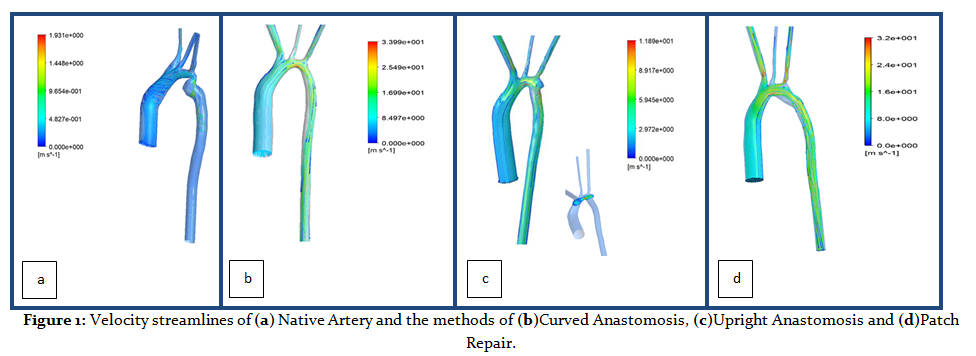
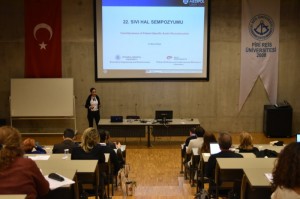
Comments Off 
JANUARY 16TH, 2017
By BANU PLUIE

Laser Doppler velocimetry is used in hemodynamics research as a technique to partially quantify blood flow in human tissues such as skin. Within the clinical environment, the technology is often referred to as laser Doppler flowmetry (LDF). The beam from a low-power laser (usually a laser diode) penetrates the skin sufficiently to be scattered with a Doppler shift by the red blood cells and return to be concentrated on a detector. These measurements are useful to monitor the effect of exercise, drug treatments, environmental, or physical manipulations on targeted micro-sized vascular areas.
The laser Doppler vibrometer is being used in clinical otology for the measurement of tympanic membrane (eardrum), malleus (hammer), and prosthesis head displacement in response to sound inputs of 80- to 100-dB sound-pressure level. It also has potential use in the operating room to perform measurements of prosthesis and stapes (stirrup) displacement.
Comments Off 
JUNE 22ND, 2016
By BANU PLUIE

Interactive Surgical Operation
Comments Off 
JUNE 22ND, 2016
By BANU PLUIE
Workshop – Anatomy of Thef Heart with Michiel E. Erasmus MD PhD – Faculty of Medical Sciences- Groningen University
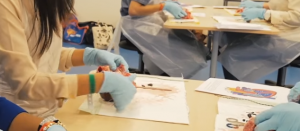
Comments Off 
JUNE 13TH, 2016
By BANU PLUIE
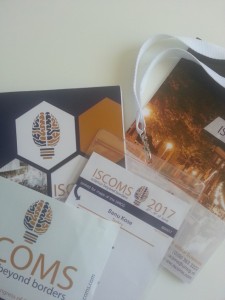
Many thanks to University Medical Center Groningen for the oral sessions and workshops of 3D Lab, LVAD treatment, Dissection of Brain, CABG treatment, IV Injections and Nuclear Medicine.

Comments Off 
DECEMBER 31ST, 2014
By BANU PLUIE
Comments Off 
NOVEMBER 18TH, 2014
By BANU PLUIE
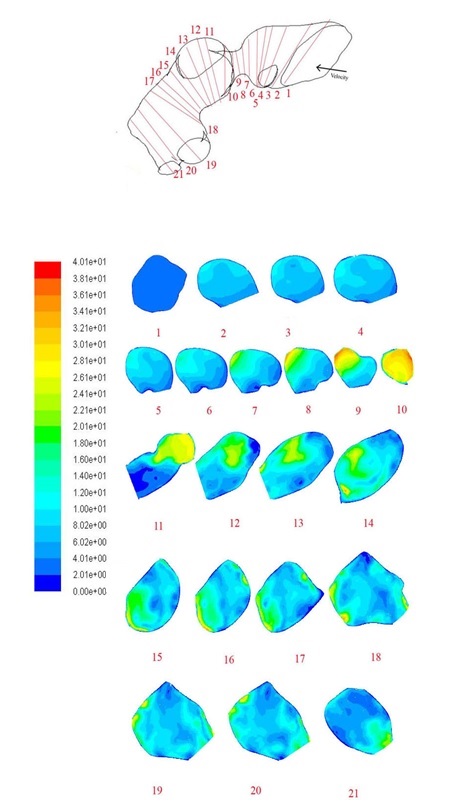
The entrance lenght parts of the inlet and outlet sections are only used for calculation process.
Comments Off 
AUGUST 29TH, 2014
By BANU PLUIE
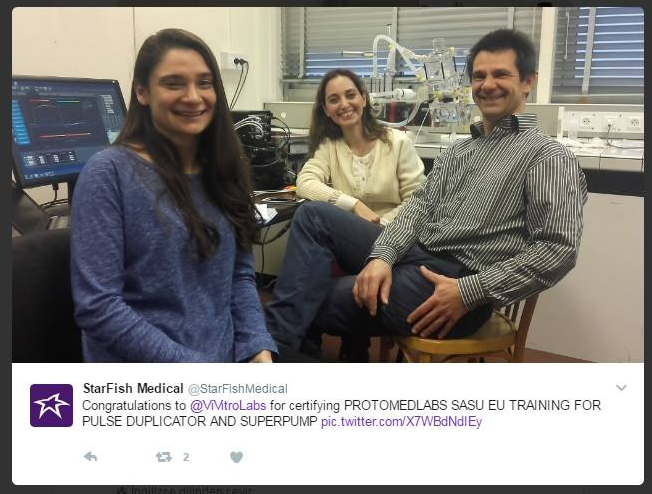
Ece Tutsak (Left) – Banu Köse(Middle) – Vincent Garitey(Right)
Comments Off 
MARCH 16TH, 2014
By BANU PLUIE
Comments Off 
MARCH 7TH, 2014
By BANU PLUIE
I would like to thank the students of the biomedical department of Beykent University for inviting me to their event. It was nice to meet the curious and excited students.
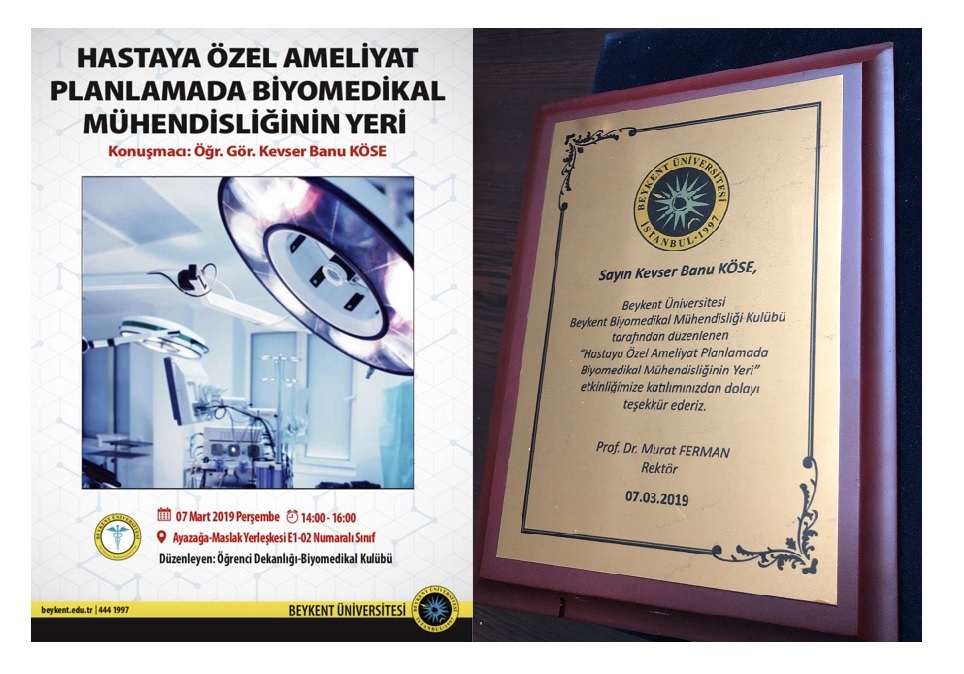
Comments Off 
DECEMBER 31ST, 2013
By BANU PLUIE
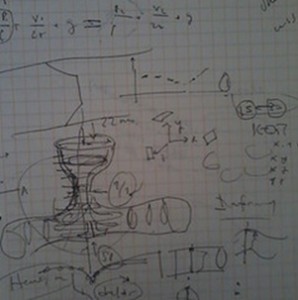
A pulmonary artery. Actually this was the first step of my master thesis.
Comments Off 
DECEMBER 18TH, 2013
By BANU PLUIE
Every four years since 1950 the leading mechanics researchers have convened the U.S. National Congress on Theoretical and Applied Mechanics. All mechanics researchers and students are invited for the 17th Congress on the beautiful Big Ten campus at Michigan State University. The sessions will be held at the Kellogg Hotel and Conference Center on Michigan State University’s campus.
Many thanks to Seungik Baek for his kind invite us Cardiovascuar Mechanics Minisymposia:
The goal of this minisymposium is to provide the state of the art in theoretical and computational methods applied to the cardiovascular mechanics including computational and constitutive modeling, theoretical vascular mechanics analysis, and cardiovascular design technologies. Topics may include, but are not limited to cardiovascular fluid and/or solid mechanics, cardiovascular diseases and treatment, optimization techniques. We believe that you would be an excellent contributor to this session based on your many exceptional works in the fields of theoretical and computational mechanics to cardiovascular problems.
Comments Off 
NOVEMBER 5TH, 2013
By BANU PLUIE
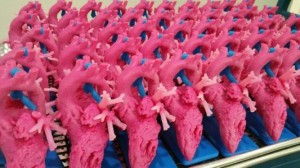
Alistair Phillips, MD, who is the Co-Chair for the American College of Cardiology, Surgeons Section tells about some of the impacts he has personally experienced using 3D printing in surgical settings as his participation in the 3DHEART program:
“The clinical trial is particularly exciting as it targets specific cases in which understanding of the anatomy will greatly enhance the surgical approach. A 3D printed replica of a patient’s heart will be created as part of the inclusion criteria to be in the study.Using 3D printing gave a better understanding of the Hybrid procedure, and allowed us to perform pulmonary valve replacement with a minimally invasive approach avoiding conventional method that required open-heart surgery. After coming to Cedars-Sinai we refined the pre-ventricular approach by utilizing a 3D printed models of patients’ hearts. We were able to simulate the implant into the right ventricular outflow tract.
Every surgeon is different. The education, experience, aptitudes, and attitude we bring to each equally nuanced and varied patient span an almost limitless spectrum and inform how we may utilize 3D printing for the benefit of our patients. The elegance of 3D printing is that it can create the individualized tools spanning this spectrum.
That said, however, what is not negotiable is the veracity of the models that we are receiving. Various materials and their corresponding colouring or rigidity may serve different functions in the hands of different surgeons, but ultimately we must have the utmost confidence in the fidelity of the models we are utilizing for pre-surgical planning. The more realistic the model is both in anatomical and textural preciousness will greatly enhance the application.
In all honesty, I would advise each hospital to start by really understanding the value proposition 3D printing offers across all specialities and, the culture of their institution. The best way to get answers to these very nebulous, complicated, nuanced directives is by retaining an outside vendor to provide as much of the services as possible, from the proverbial soup to nuts.
The excitement around the 3DHEART clinical trial is so great because it is the first organized, large-scale attempt to collect evidence of the efficacies of 3D printing in the practice of medicine and delivery of healthcare, not only in terms of optimized patient outcomes but also with respect to lower costs. If we can get reimbursement for 3D models, it is without a doubt a game-changer in terms of the practice of medicine, and a life-changer for many of our patients.”
Source
Comments Off 
NOVEMBER 5TH, 2013
By BANU PLUIE
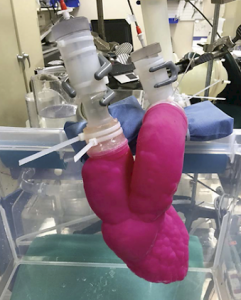
“Without the 3D printed models, we wouldn’t have been able to come up with a way to do the procedure in advance.”
—C. HUIE LIN, M.D
Adult congenital and interventional cardiologist.
3D Print Bureau of Texas has partnered with physicians at Houston Methodist Hospital to create cardiac models for applications such as assessing the size and attachment site of a right atrial malignancy. Accurate physical replications of patient anatomy can even undergo testing in a dynamic system such as replicating the severity of aortic stenosis using flow testing.
3D Print Bureau of Texas also worked with Houston Methodist DeBakey Heart and Vascular Center on a complex case involving a young patient born with a wide-open leaking pulmonary valve. The patient could not take blood transfusions and have been turned down by two medical centres concerned she would not make it through surgery.
With a 3D printed model of the patient’s heart, Lin devised a plan that required very little blood loss, which resulted in a successful operation for the little patient.
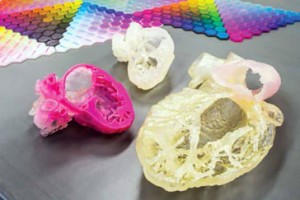
Source
Comments Off 
JUNE 7TH, 2012
By BANU PLUIE
?The VIBes 2012 Organizing Committee has the pleasure to invite all Ph.D. Students to the 3rd edition of the VIB Ph.D. symposium ?VIBes in Biosciences 2012?, which will take place from 5 to 7 September 2012 in the city of Ghent (Belgium).
The VIBes 2012 program kicks off with several workshop sessions on the scientific publication process and soft skills training. The scientific program consists of two days of lectures by world-class scientists, covering a broad range of topics from immunology and molecular biology to cybernetics and biomedical engineering. Selected speakers will also discuss career opportunities and share insights on how to succeed in science.
VIBes 2012 will again be a very international event as we will provide up to 50 international (i.e. not working in Belgium) Ph.D. students with free attendance to the symposium, free accommodation as well as a limited amount of travel grants.
Registration is now open at www.vibes2012.org
Places are limited and provided on a first-come-first-serve basis.
The VIBes2012 Organizing Committee
Jonas Bethuyne, Miguel Lopez Cardoso, Eleonora Billi, Nathan De Geyter, Lynn Elton, Matthieu Moisse, Christina Müller, Julie Mutert, Zeynep Okray, Ioanna Petta, Sebastian Proost, Dariusz Ratman, Tim Snoek, Lorin Spruyt, Suresh Subedi, Joemar Taganna, Arun Kumar Tharkeshwar, Koen Tyberghein and Rajesh Vyas?
Comments Off 
MAY 21ST, 2012
By BANU PLUIE
Students who want to improve patient?s well-being and save lives are encouraged to apply as early as possible Committed to be a top BME program of the world, KU-BME is the only biomedical science and engineering program in Turkey, which is run jointly between the Medical School, Science and Engineering, at the same campus !
Guided by the contemporary BME graduate education, you will be supervised by worldrenowned faculty and be trained to be the leader of your research field.
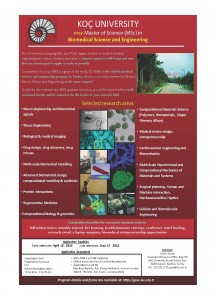 http://gsse.ku.edu.tr
http://gsse.ku.edu.tr
Comments Off 
JANUARY 24TH, 2011
By BANU PLUIE
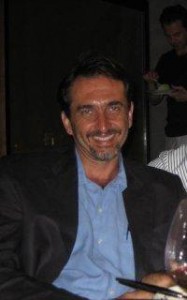
Biomedical Engineering Seminars’ speaker was Kamuran KADIPAŞAOĞLU and this has been the most incentive part of these meetings.
Image Source: Bahcesehir University
Comments Off 
JANUARY 15TH, 2010
By BANU PLUIE
I tried to show the knee anatomy with the MRI dataset of 3D Slicer (Harvard Medical School /Brigham and Women’s Hospital / Surgical Planning Laboratory).
Video: Knee Anatomy

![]() 3D Printing, 3D Slicer, ANSYS, Art, Artificial Organs, Banu Köse, Banu Pluie, BioFluidLab, Bioengineering, Biomaterials, Biomechanics, Biomed, Biomedical Science, Biophysics, Bioprinting, Biosecience, Cardiology, Cardiovascular Implants, Cerrahi, Circulatory Support Systems, ClinicianEngineerHub, Complex Systems, Congenital, Ece Salihoglu, Engineering, Finite Element Model, Fontan, Gradute, Heart, Heart Valves, Hemodynamics, Hepatic, IMAEH, Image Processing, K. Banu Köse, Kardiyovasküler, Kardiyovasküler Mekanik, Kevser Banu Köse, Laser Doppler, Liquid State, Materialise Medical, Medipol, Medtronic, Pediatric, Perfusion, Perfüzyon, PhD, Physics, Pulmonary, Radiology, Slicer, Structural Analysis, Surgery, SurgicalPlanning, Sıvı Hal Fiziği, TGA, The Journal of Cardiovascular Surgery, VSD, VirtalSurgery, Virtual Physiological Human, Windkessel, WomenEngineers, womenin3d
3D Printing, 3D Slicer, ANSYS, Art, Artificial Organs, Banu Köse, Banu Pluie, BioFluidLab, Bioengineering, Biomaterials, Biomechanics, Biomed, Biomedical Science, Biophysics, Bioprinting, Biosecience, Cardiology, Cardiovascular Implants, Cerrahi, Circulatory Support Systems, ClinicianEngineerHub, Complex Systems, Congenital, Ece Salihoglu, Engineering, Finite Element Model, Fontan, Gradute, Heart, Heart Valves, Hemodynamics, Hepatic, IMAEH, Image Processing, K. Banu Köse, Kardiyovasküler, Kardiyovasküler Mekanik, Kevser Banu Köse, Laser Doppler, Liquid State, Materialise Medical, Medipol, Medtronic, Pediatric, Perfusion, Perfüzyon, PhD, Physics, Pulmonary, Radiology, Slicer, Structural Analysis, Surgery, SurgicalPlanning, Sıvı Hal Fiziği, TGA, The Journal of Cardiovascular Surgery, VSD, VirtalSurgery, Virtual Physiological Human, Windkessel, WomenEngineers, womenin3d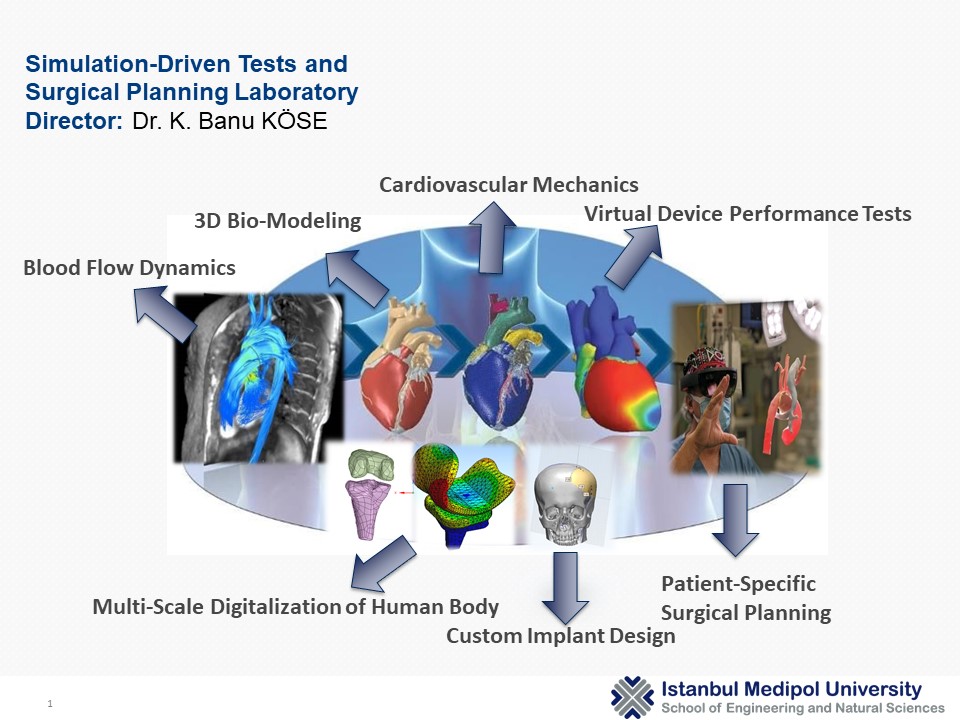










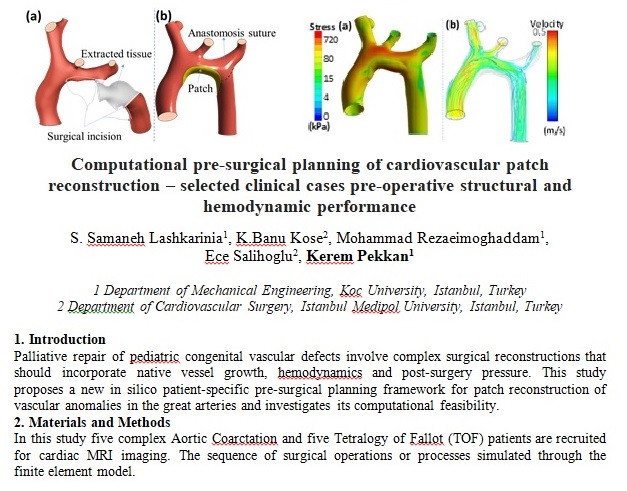





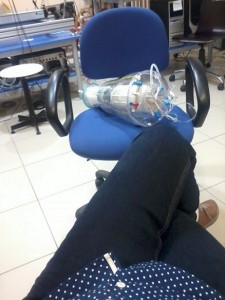
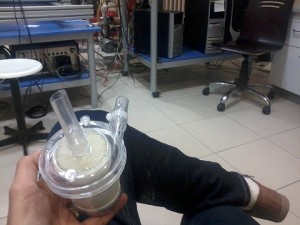

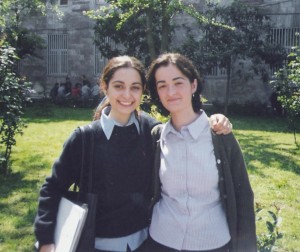








 http://gsse.ku.edu.tr
http://gsse.ku.edu.tr

